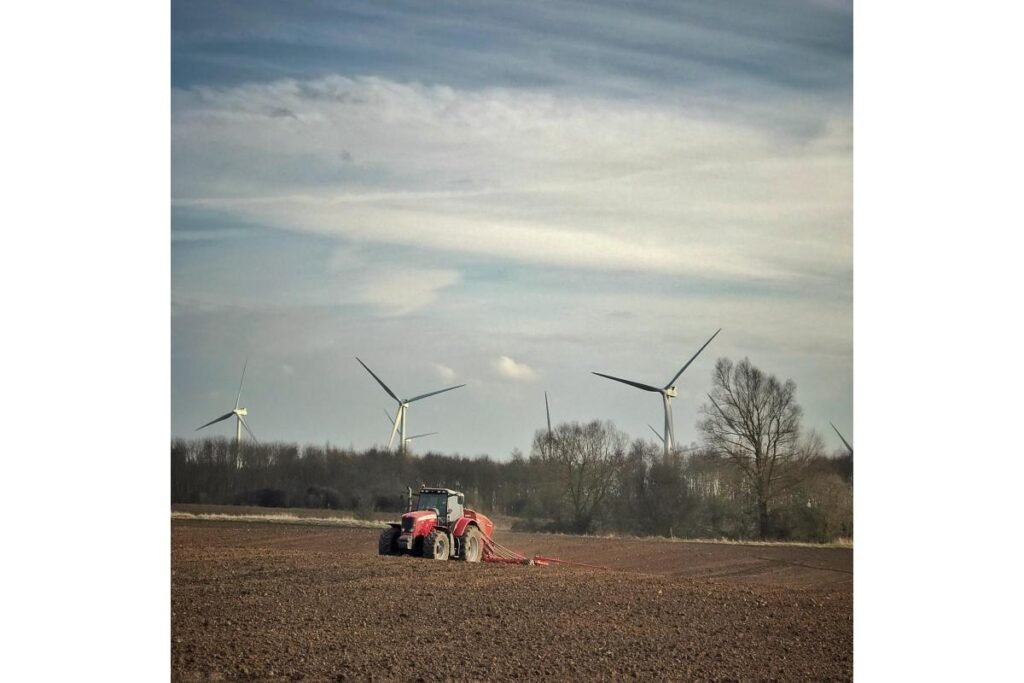Newly announced funds for sustainable farming is welcome news, says Arnolds Keys – Irelands Agricultural partner Simon Evans.
Much like the rest of the country, farmers awaited Rachel Reeves’ spending review with apprehension.
But it was after the event that the big news came – and for once it was good: a £2.7 billion commitment for sustainable farming and nature recovery from 2026 to 2029.
Arnolds Keys – Irelands Agricultural partner Simon Evans (Image: Arnolds Keys) Given that the existing pot has simply run dry and was suddenly closed, this will be a huge relief for everyone in the agricultural community, and no less a surprise.
One hopes that it comes from a realisation of just how tough farming is at the moment, with the inheritance tax bombshell compounded by world output prices falling through the floor and yet another difficult harvest in prospect for many.
Perhaps the Labour government believes that committing funding towards its environmental aspirations will deliver some much-needed good news. It is a bit of a surprise that the DEFRA and Treasury spin doctors didn’t make more of it.
This is a win in particular for those with marginal land, where potential yields stand no chance of breaking even. The difference in yield between productive land and poor land can be striking: for barley, the main crop currently being cut in the Eastern Counties, it can mean the difference between five tonnes and nine tonnes a hectare – as much as £650 a hectare in revenue.
The ability to allocate less productive land into Sustainable Farming Incentives is a lifeline in many cases. The sudden switching off of the funding tap earlier this year was a shock to many, and the decision to re-open it for those who had already started an application before the axe fell is welcome – as is the re-opening of the Capital Grant Scheme for initiatives such as planting hedgerows and trees, improving air quality, fencing and farmyard repairs.
However, for those whose Countryside Stewardship Agreements came to an end last December, the wait for this new money is a long one – but at least we know that the pot will be replenished.
All of this is having a knock-on effect on land values. Although they are holding up in general, the factors which determine value have changed: no longer just potential yield per acre, but a more complex combination of environmental value, the direction of policy and investment potential.
For more information, visit arnoldskeys.com

